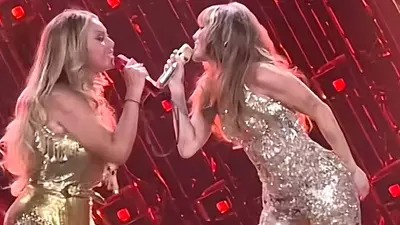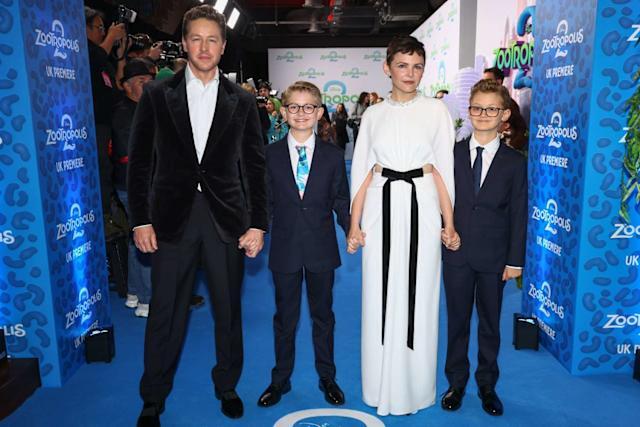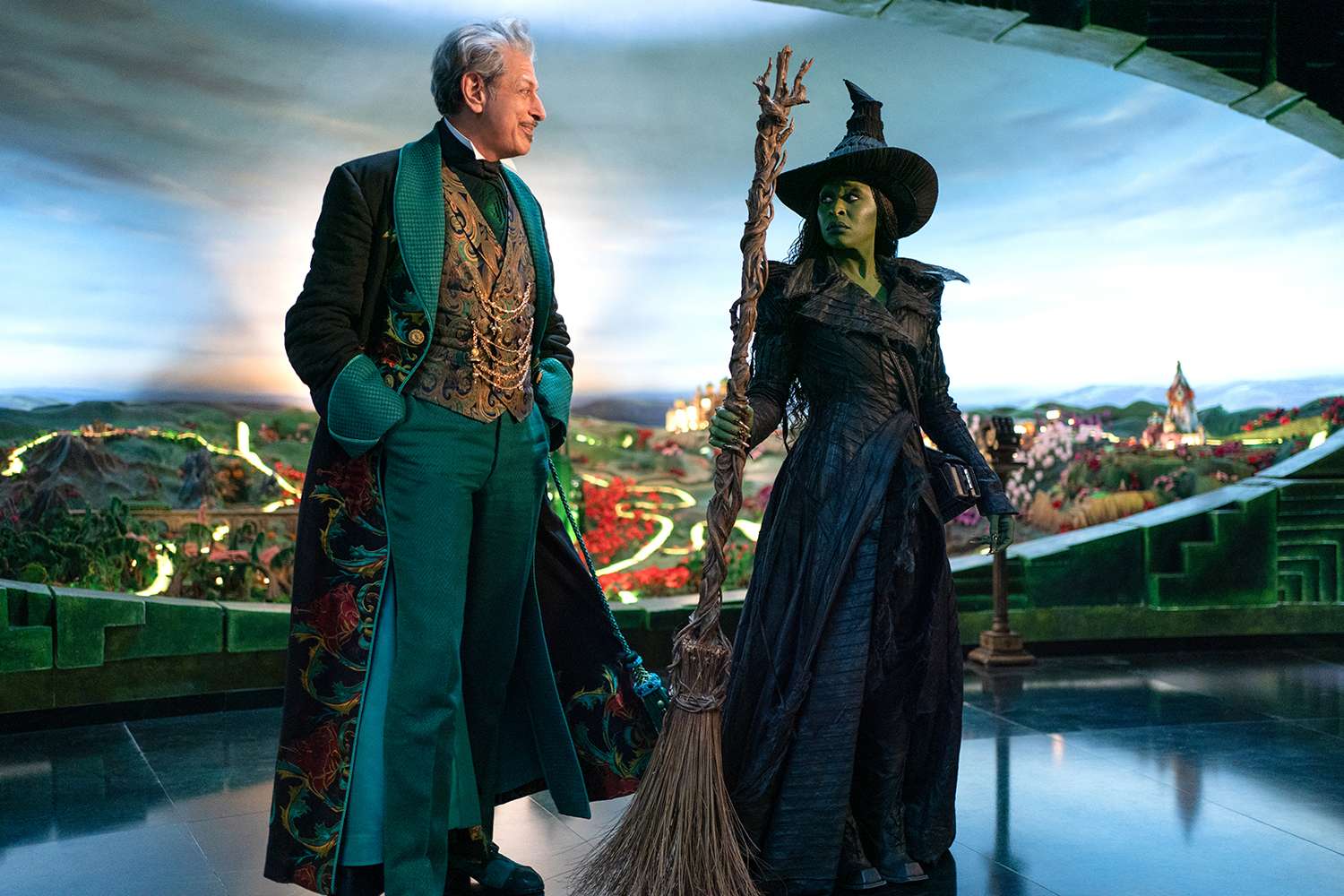The City of Light glistened on June 19 with more than just its famed Eiffel Tower and Seine River—but with a historic musical moment. Beyoncé Knowles-Carter, global superstar and cultural icon, chose Juneteenth—a day commemorating the end of slavery in the United States—as the stage for a groundbreaking evening in Paris. It wasn’t just any night at Stade de France—it was the first time her Cowboy Carter and the Rodeo Chitlin’ Circuit Tour landed in Europe, and boy, did she make it count.
At exactly 8:56 p.m. local time, Beyoncé burst onto the stage, electrifying the crowd. But the true surprise came when she brought out a special guest: Miley Cyrus, her collaborator on “II Most Wanted.” The stadium erupted.
Before Beyoncé’s single note soared through the air, the timing of this appearance had meaning. Juneteenth holds immense significance for African American communities, marking June 19, 1865—the day enslaved people in Texas were informed of their freedom, two years after Lincoln’s Emancipation Proclamation. Beyoncé’s choice to debut her Paris performance on this day wasn’t coincidence. By selecting Juneteenth, she underlined her role as an artist who intertwines music with cultural purpose. As the first European stop of a tour that fuses country flair with Black musical traditions, this Paris concert was more statement than show.
The adventure began on April 28 at Los Angeles’s SoFi Stadium, where Beyoncé launched the tour with a sprawling set list of 39 songs. It was a testament to her artistic range: gospel-infused ballads, fiery country riffs, and powerful choreography. The “Cowboy Carter” persona melds Nashville aesthetics with Beyoncé’s genre-defying gravitas, further enriched by the playful “Rodeo Chitlin’ Circuit” concept—hinting at rural roots and musical heritage.
The tour was always planned to span nine cities—a journey through the U.S. into Europe, a cultural exchange onstage. Yet the spectacle in Paris turned this tour’s European chapter into a cinematic crescendo, with the unexpected windfall of Miley Cyrus joining the show.
“I I Most Wanted” isn’t just a catchy title—it’s a deep collaboration. Released as part of the Cowboy Carter album, the song meshes country’s twang with pop bravado. The Grammy moment for the track earlier this year was a high point: at the 2025 Grammy Awards, “II Most Wanted” clinched the Best Country Duo/Group Performance, a win for both Beyoncé and Miley. Beyoncé’s Paris stage was the place where that recorded chemistry erupted live.
When Miley walked out in shimmering gold alongside Beyoncé, it felt like a movie moment—two powerhouses meeting in full collaborative bloom. They held hands, exchanged cheek kisses, and launched into their duet. The performance wasn’t just well-executed—it was electrifying in its emotional rawness, a genuine offering of joy and unity.
The staging of the performance struck a chord: both women adorned in regal gold outfits that set them apart in visual splendor. Their wardrobes spoke of royalty, elevation, and showmanship, fitting for two icons who’ve shaped culture across the last two decades. Beyoncé’s gold bodysuit glimmered under stadium lights; Miley’s golden ensemble mirrored it. Their chemistry radiated—not only in coordinated motion, but in shared laughter, affectionate gestures, and vocal interplay.

As the final chords of “II Most Wanted” faded, Beyoncé’s words rang out: “Please give it up for Miley.” The reverential tone of her introduction spoke volumes—this was not a cameo; this was a celebration of creative respect.
Fans in the crowd lost it. Stadium walls echoed with screams, whistles, and applause. Social media promptly deliriously recounting the surprise appearance. Clips posted across Twitter, TikTok, and Instagram captured the moment—millions tuned in as though they were there.
It wasn’t just a shared moment—it was a communal crescendo. Attendees described it as a “once-in-a-lifetime” instant. By blending surprise, collaboration, and Jubilee-style performance, Beyoncé and Miley took the energy in the stadium from electric to transcendent.
This Paris show was merely Act Two of Beyoncé’s European run. She is scheduled at Stade de France again on June 21 and June 22, offering fans two more chances to witness her genre-bending concert spectacle. The nine-city tour will circle back to the U.S. to finish with a grand finale in Las Vegas on July 26—ensuring the tour ends with nationwide acclaim and global resonance.
Given the energy in Paris, expectations are high. Will more special guests appear in later European concerts? Will the performance stylistically evolve? The buzz is building worldwide just from this Juneteenth highlight.
A few layers of resonance:
- Genre blending: Beyoncé is blending pop, country, hip‑hop, and gospel with seamless grace. The surprise duet on a Grammy-winning track elevates the idea that genres are no longer siloed—and that Black women can rewrite the country narrative.
- Cultural symbolism: Launching this linguistic and musical blend on Juneteenth in Paris nods to ancestral lineage and global resonance. From Louisiana bayous to Parisian boulevards, the roots of American Black music are being celebrated on an international stage.
- Female solidarity: Beyoncé inviting Miley shows a solidarity that’s more than performative—it’s collaborative. Two global stars, different backgrounds, same stage—both shining equally, both powerfully vocal and impactful. It’s feminist synergy.
The Cowboy Carter project has always been about push and reinvention. Beyoncé was already well into the creation of Renaissance, Lemonade, and Black Is King—works that painted her as an unstoppable force. But with Cowboy Carter, she’s going further—breaking open the country music domain, which has historically excluded Black women, and making it entirely her own.
She’s not just making music—she’s making statements. Beyoncé is challenging industry norms, wielding her starlight to shine spotlight on forgotten or erased Black influences in country. The Paris surprise appearance is a rallying cry: a glimpse of what pop music can become when artists use their clout to broaden horizons.
Let’s talk Miley Cyrus. Once the archetype of Disney stardom, then garage rocker, then country-pop crossover—Miley is on her own journey of artistic reinvention.
Her work on “II Most Wanted” channels old-school country storytelling with a brash pop sensibility. Standing beside Beyoncé in Paris, Miley transformed in golden silhouette—her voice echoing across one of Europe’s largest stadiums. And she belonged there. In music circles, loyalty and appreciation are everything—and Beyoncé’s gesture speaks volumes.
This isn’t just a show—it’s witness to history in the making. Fans will talk about this Paris show for years. Some even called it a “cultural milestone”—a show that transcends entertainment, becoming a piece of collective memory.
TikTokers and Twitter threads are already tracking outfits, camera angles, production flourishes—and, of course, the surprise duet. Clips show Beyoncé and Miley pouring emotion into “II Most Wanted,” amplifying what already felt like a raw, confessional track on the album.
Speculation is at a fever pitch:
- More surprises? Could Jay-Z, Solange, Blake Shelton, or other collaborators pop up in future shows?
- International influences? Beyoncé’s Warsaw or London dates might integrate even more country or global elements.
- Multimillion-dollar streaming special? Will this end up as a Netflix concert special or Disney+ event—especially with a moment like Paris?
Whatever the next move, one thing’s clear: Beyoncé’s tour is smarter than a typical concert.
What makes surprise moments like this resonate isn’t just the showmanship—it’s shared unpredictability. In an era when every major moment is spoilered or leaked online, Beyoncé and Miley preserved the magic by keeping it under wraps. When surprise meets scale—tens of thousands in-stadium, millions streaming it—it becomes a cultural lightning bolt.

It’s Beyoncé living in her own theology of entertainment: keep them guessing, then surprise them. And when she does, she shows us what the world looks like when artists collaborate across genres, cultures, and expectations.
It’d be remiss not to quote the fans mid-roar:
- “When Miley came out, I died,” posted one fan on TikTok—video timed perfectly to the moment of greatest pop-shock.
- Another on Twitter quipped: “This is THE country collab of the year. Beyoncé didn’t come to play.”
Neither clip is official yet, but it’s the vibe pulsating through timelines.
On June 19 in Paris, with multiple modes of meaning, Beyoncé and Miley Cyrus rewrote the narrative:
- They honored Juneteenth with reverence and creativity.
- They fused country and pop, showing that genre walls can be broken—and in grand style.
- They showcased sisterhood onstage, affirming Beyoncé’s growing cultural influence and Miley’s place alongside her.
The Cowboy Carter and the Rodeo Chitlin’ Circuit Tour jams Nashville twang into international arenas, but it’s moments like these—live, unscripted, deeply human—that truly capture hearts. And Paris, on that golden-tinged night, will never forget it.
The tour rolls on: June 21 and 22 in Paris, then onward toward that July 26 finale in Las Vegas. But for many, those three minutes with Miley changed everything. They made the tour less about spectacle and more about shared memory, artistic alliance, and narrative bravery.
Beyoncé came to Paris to perform—but she left with history made, thanks to a collaboration that painted Juneteenth gold.










